Microeconomics - advanced microeconomics learning tool

Welcome to Advanced Microeconomics! How can I assist you today?
AI-Powered Microeconomics Mastery
Explain the concept of elasticity.
What's an example of marginal cost?
Apply game theory to a real-world scenario.
How does consumer choice theory work?
Get Embed Code
Introduction to Microeconomics
Microeconomics is the branch of economics that focuses on individual agents and markets, analyzing how households, firms, and governments make decisions regarding the allocation of limited resources. This field delves into topics such as supply and demand, market structures, consumer behavior, and production costs. By studying microeconomics, we can understand how prices are determined, how firms optimize production, and how consumers maximize utility. For example, a business may use microeconomic principles to decide how much of a product to produce based on anticipated demand and production costs. Similarly, individuals can make consumption choices by comparing the utility of different goods relative to their budget constraints. In these ways, microeconomics helps to illuminate the underlying mechanisms of market economies. Powered by ChatGPT-4o。

Key Functions of Microeconomics
Understanding Consumer Behavior
Example
A consumer deciding between purchasing two products based on price, quality, and their budget.
Scenario
Microeconomics explains consumer behavior through utility maximization, where consumers choose goods that provide the highest satisfaction given their income constraints. For instance, when prices rise, consumers may substitute a more expensive product with a cheaper alternative, illustrating the law of demand.
Firm Production Decisions
Example
A firm determines the quantity of goods to produce based on cost functions and expected market prices.
Scenario
Microeconomics helps firms in optimizing production by analyzing marginal costs and revenues. For example, a bakery might decide how many loaves of bread to bake by calculating the cost of inputs and expected sales, ensuring that marginal cost equals marginal revenue.
Market Equilibrium Analysis
Example
A government adjusting agricultural subsidies to maintain balance between supply and demand in food markets.
Scenario
Through market equilibrium analysis, microeconomics assesses how supply and demand interact to determine prices and quantities. Governments and policymakers use this to set subsidies or taxes. For example, a subsidy might lower production costs for farmers, increasing supply and lowering prices for consumers.
Welfare and Policy Impact
Example
Evaluating the effect of a new tax policy on consumer surplus and producer surplus.
Scenario
Microeconomics aids in assessing the welfare effects of policy changes, such as taxes or price controls. For instance, the imposition of a gasoline tax might reduce consumption but could also lower consumer welfare, which can be measured using concepts like compensating and equivalent variation.
Price and Output Decisions under Uncertainty
Example
A farmer decides how much crop to plant, taking into account uncertain futuremarket prices and weather conditions.
Scenario
Microeconomics models uncertainty through tools like expected utility theory, helping firms and individuals make optimal decisions when outcomes are uncertain. For example, a farmer might use risk aversion principles to decide on a crop mix that minimizes potential losses in the event of bad weather.
Target Users of Microeconomic Services
Students of Economics
Students studying microeconomics at the undergraduate or graduate level benefit from the analysis of market dynamics, consumer behavior, and firm decision-making. Microeconomics offers theoretical frameworks and problem-solving techniques essential for academic success and future careers in economics or business.
Business Managers and Entrepreneurs
Business professionals utilize microeconomic principles to make informed production, pricing, and marketing decisions. For instance, understanding cost structures and demand elasticity allows businesses to set competitive prices and optimize production levels.
Policy Makers and Government Officials
Governments use microeconomics to craft policies that impact taxation, subsidies, and regulation. By understanding how markets respond to interventions, policymakers can design strategies to achieve economic goals such as efficiency, equity, or sustainability.
Researchers and Analysts
Economists and analysts conducting research on market behavior, welfare economics, or public policy rely on microeconomic models to interpret data, forecast trends, and evaluate the effectiveness of various economic interventions.

How to Use Microeconomics
Visit yeschat.ai for a free trial without login, no need for ChatGPT Plus.
Start by visiting the specified URL to access the Microeconomics tool instantly. There is no requirement for login or any additional subscriptions, making it accessible and easy to try.
Navigate to the Microeconomics Section
Once on the site, locate the Microeconomics section where various functionalities like problem-solving, explanations, and interactive quizzes are available.
Upload Your Materials
For a more tailored experience, upload any relevant documents, such as problem sets or notes. The tool can reference these materials to provide personalized guidance.
Engage with Dynamic Learning Tools
Use the interactive features like quizzes and problem-solving sessions, which adapt to your performance, to reinforce your understanding of complex topics.
Leverage Up-to-date Content
Take advantage of the tool's integration with recent economic theories and trends, ensuring that the guidance you receive is both current and contextually relevant.
Try other advanced and practical GPTs
AP Macroeconomics Professor
Master Economics with AI Guidance
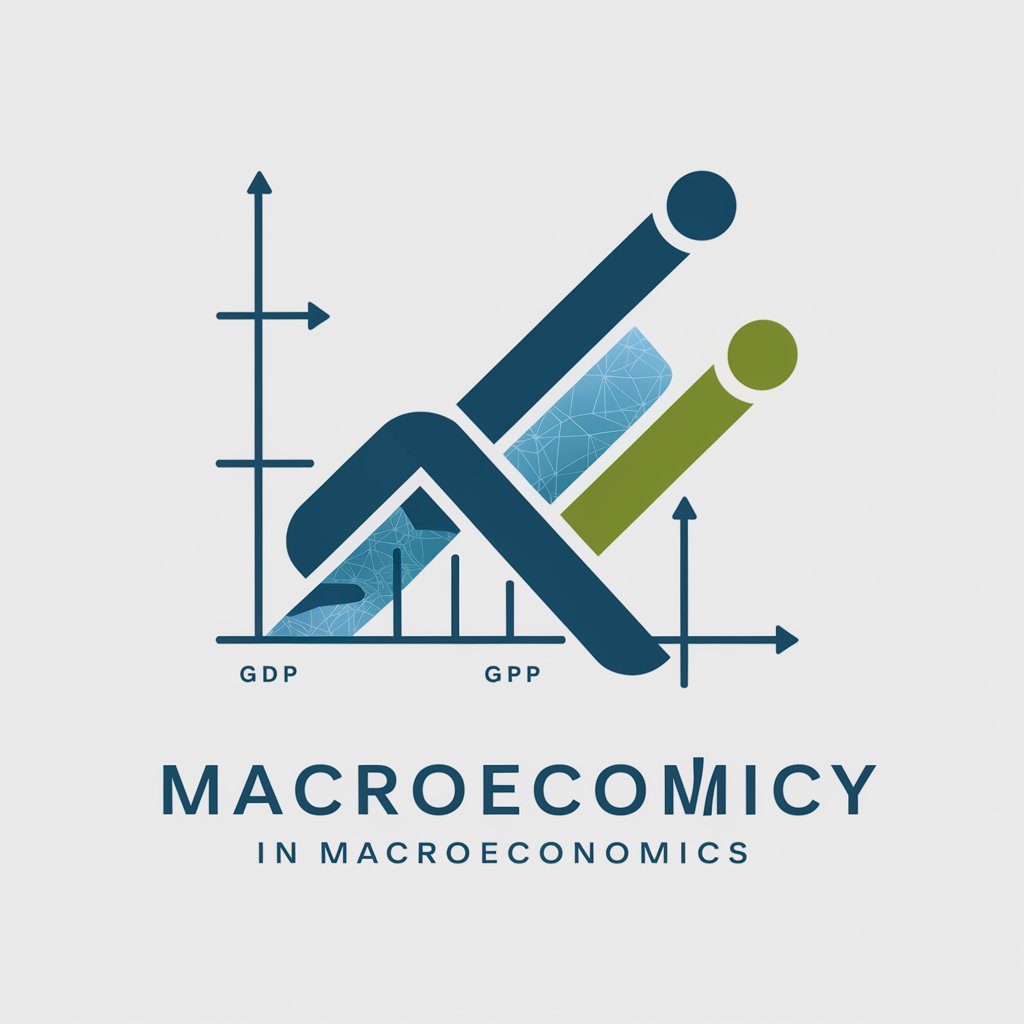
Typescript developer
Elevate Your TypeScript Projects with AI

Astro Guru
Unlock the secrets of your stars

Data God
AI-powered, in-depth knowledge navigator.
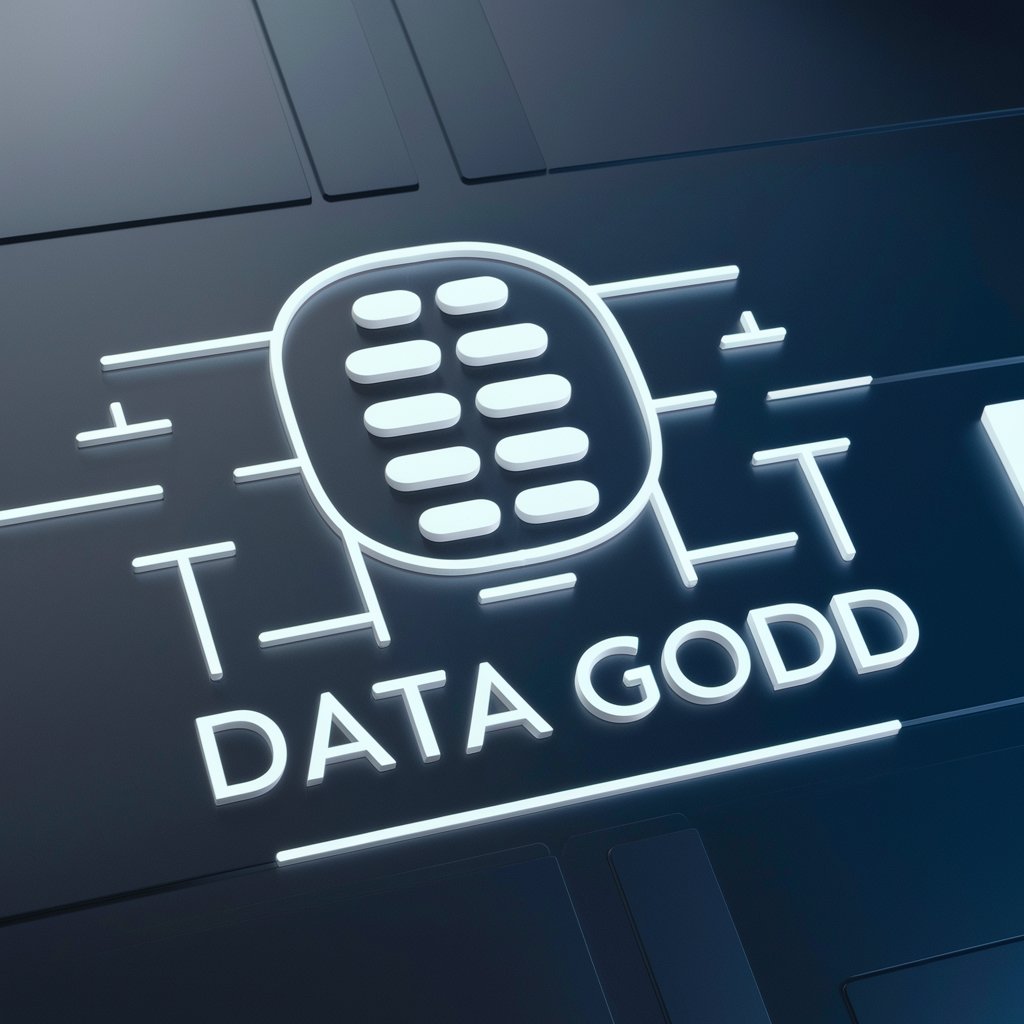
Cyber Guru
Empowering Cybersecurity Decisions with AI

Reverse Image Prompt Generator
AI-powered prompts from images in seconds

Macroeconomics
Empowering Economic Understanding with AI
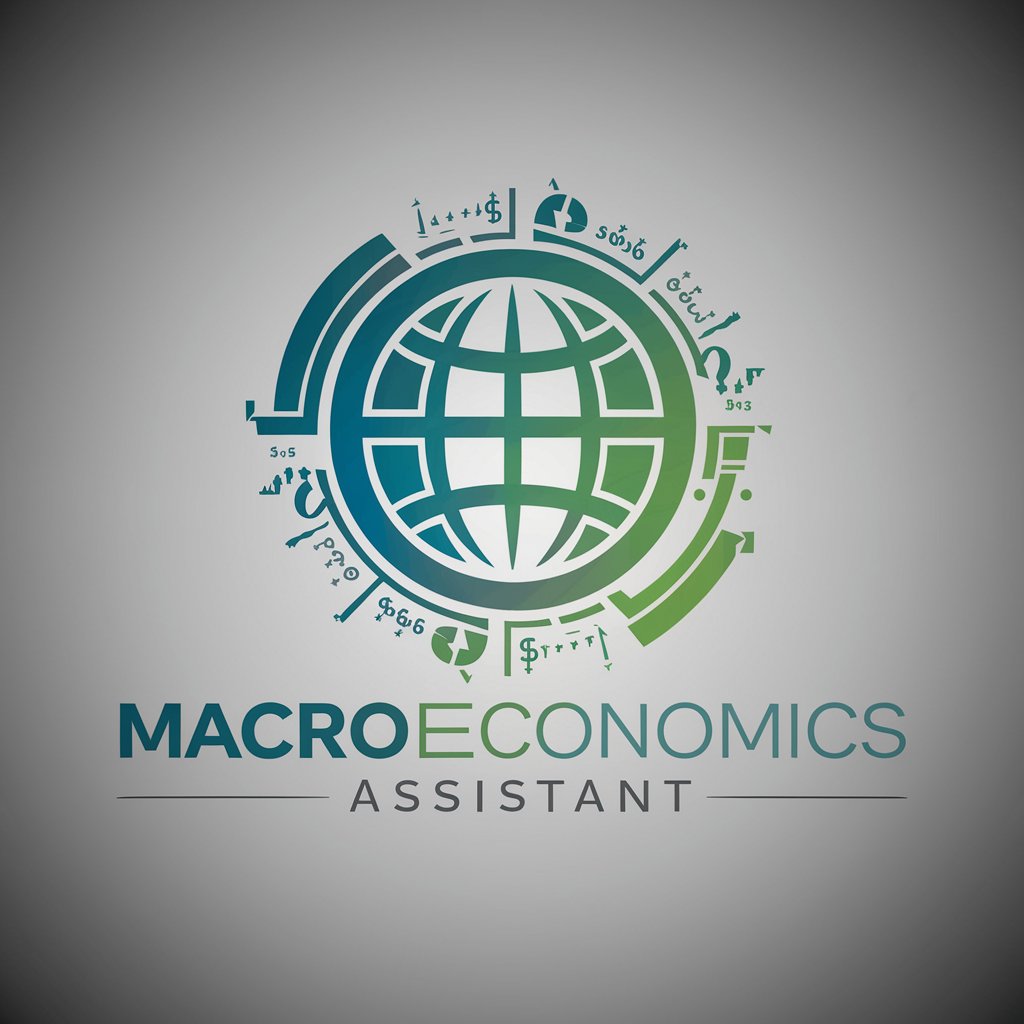
Gaming Guru
Level Up with AI-Powered Gaming Advice

Bitcoin Maximiser
Strategize Your Bitcoin Growth AI-Powered

Blok Builder
Empower your blockchain ideas with AI.
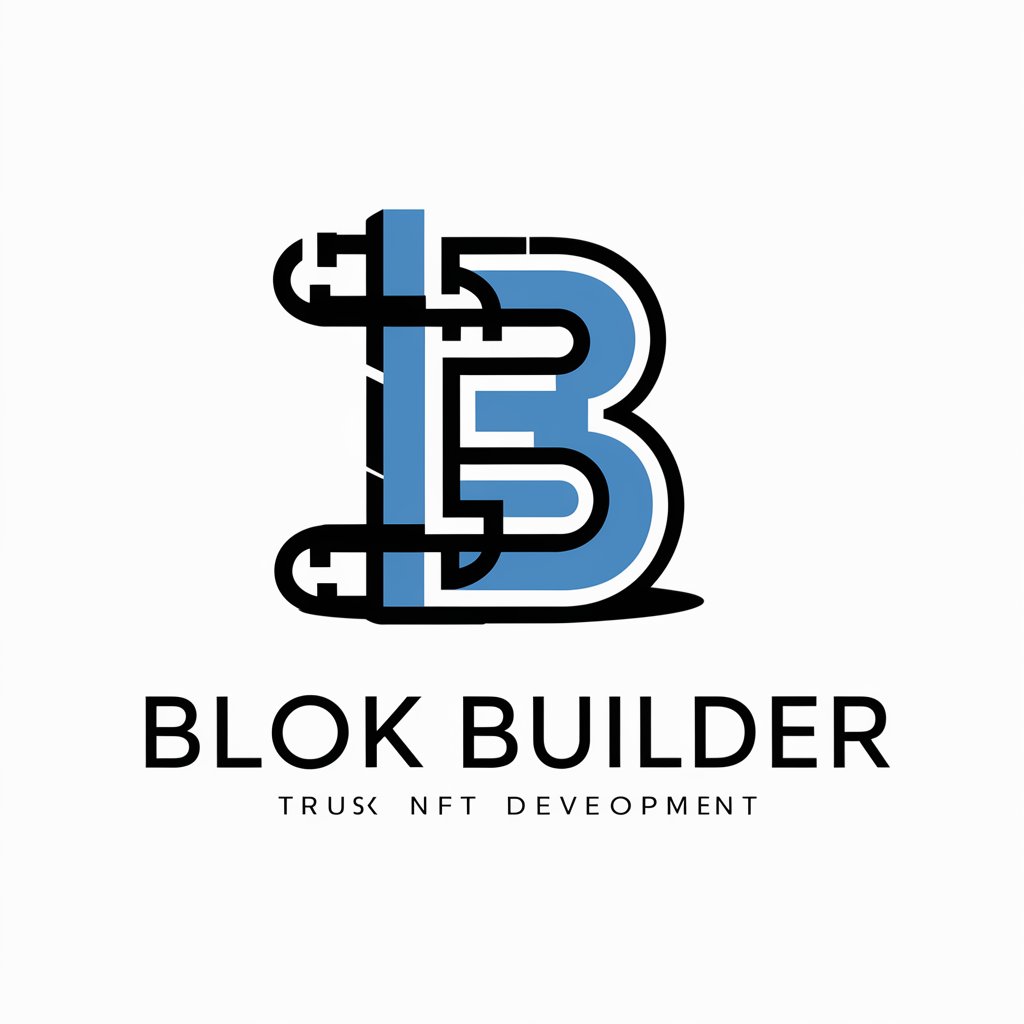
Prompt Wizard
Crafting clarity with AI creativity
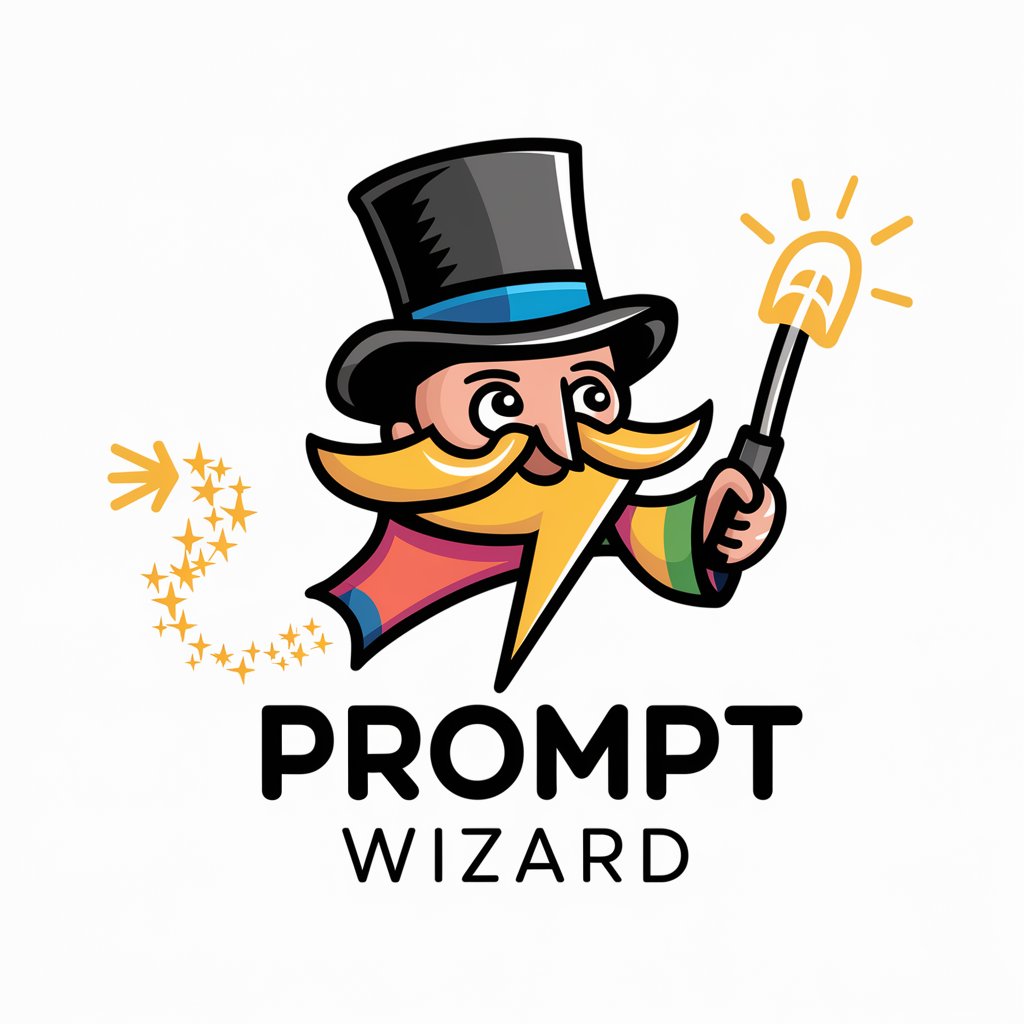
Christmas 2023 Gift Finder
Unwrapping Joy with AI-Powered Gifting

Microeconomics Q&A
How can I use Microeconomics to solve complex problem sets?
Upload your problem sets to the tool, which then provides step-by-step solutions, explanations, and references to relevant theories, ensuring a comprehensive understanding.
Can Microeconomics assist with understanding utility functions?
Yes, it can break down the concepts behind utility functions, offer interactive quizzes for practice, and reference current academic papers to deepen your understanding.
What kind of feedback does Microeconomics provide?
The tool offers detailed feedback on errors, helping you refine your questions and better grasp complex microeconomic concepts.
Is the content on Microeconomics up-to-date?
Absolutely. The tool integrates the latest economic theories, trends, and policy changes to ensure that the content is relevant and accurate.
How does Microeconomics enhance learning for academic purposes?
It provides dynamically adjusted learning tools, comprehensive problem-solving guidance, and up-to-date contextualization, making it ideal for both students and professionals.
